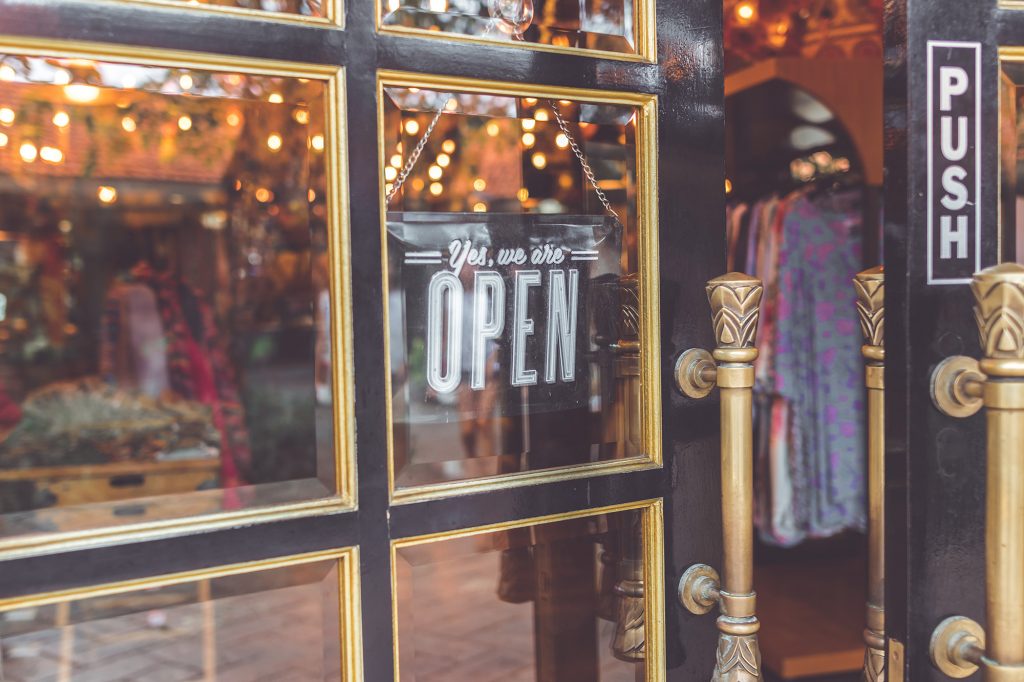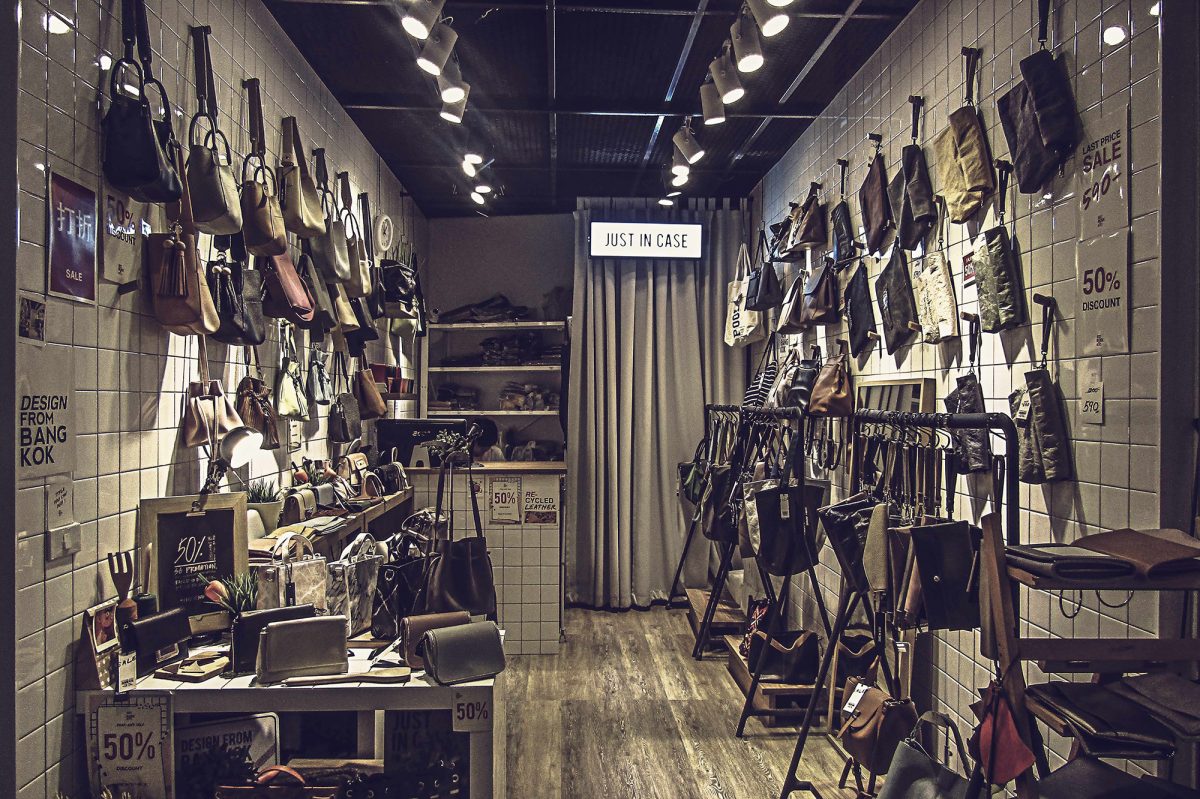There are many reasons why creating a pop-up shop is good for your brand. It can be a great way to test new locations, appeal to a different audience or bring your eCommerce shop to life. When you have settled on a pop-up location, you are one step closer to creating an offline retail experience. However, there is a lot of preparation that goes into setting up a temporary shop.
To help you understand what goes into a pop-up store, below are the three main areas to consider and use as a record when planning your physical retail experience.
1. Prepare your pop-up shop
- Coordinate a setup with the store owner or property manager. Agree on a time to pick up keys and begin setting up.
- Apply for any licenses, and appropriate insurance policies to keep you covered. It may vary depending on your pop-up shop along with your town and state’s regulations. Do your research beforehand.
- Verify the store’s utilities. Know what attributes are included in the lease agreement (wi-fi, movie gear, or kitchen area) and also how to use them. Most spaces include this at the purchase/rental price but always double-check.
- Decide on a payment method. Mobile POS systems and money are both excellent alternatives. If you are planning a ticketed event, pick a stage to market and scan tickets.
- Design your store layout. Start planning your pop up store design, research how you’ll configure it and showcase your merchandise. Research visual merchandising and learn how to design a smooth customer experience.
- Rent, purchase, or create any accessories or furniture you require. It may contain shelves, clothes racks, hangers, display tables, additional lighting, decor, and much more. Be sure everything in your store works visually with your brand.
- Produce a marketing plan. Boost your pop-up social networking, strategy in-store events, make an event webpage, or collaborate with other brands or local influencers. How are you going to spread the word and build interest?
- Create branded collateral. Think cost tags, stickers, cards, posters, and window screens.
- Remain in contact with your shoppers. Devise a strategy to collect email newsletter sign-ups or offer business cards at the point of sale. Get creative with on-going communications as this is an excellent opportunity to convert one-time traffic into lifelong lovers.
- Hire employees if necessary. Establish guidelines and policies encouraging employees to have a fantastic time in-store and provide an exceptional customer experience to your visitors.
- Establish goals. Ask yourself why you are organising a pop-up experience. Are you currently building new awareness or merely attempting to tap to seasonal earnings? How are you going to know whether you’ve met your objectives?
- Create store policies. Consider hours of operation, parking limitations, noise limitations, and communicate this information to all employees.
2. Set-up your pop-up shop
- Organise furniture and decorate according to your layout plan. Assemble your merchandise in a manner that entices shoppers and raises your conversion rate.
Keep connected. It is always useful to keep your store owner’s contact information available if last-minute queries come up. - Test your digital and technical systems. Ensure things like Wi-fi, POS system, and other gadgets are adequately working before you open the doors. Double check data is looping back to your business systems by making some dummy purchases. Also check how long it takes to make a purchase, if there is a lag time with technology, this can largely contribute to queues, which will lead to unhappy shoppers.
- Draw in traffic. Attract visitors by setting up banners, signs, or other attention-grabbing components. Consider a launch party or free in-store beverages on the day of opening.
- Bring a toolbox. The contents will be dependent on your occasion; however we suggest a hammer, nails, tape, tape measure, stapler, staples, pens, paper, masking tape, blu tac, additional batteries or chargers, and whatever else that you may need at a pinch.
3. Dismantling your pop up shop
- Clean up your area. Leave the space in precisely the same state that you found it. It is ideal to organise cleanup and garbage disposal together with the store owner or agent.
- Remove everything. Take apart all screens, furniture, and signage which you organised for your pop-up shop. Do not forget to return any leased furniture.
- Return keys to the store owner or commercial real estate agent and be sure any equipment supplied is returned undamaged.
- Marketing activities post pop up shop. Send a thank you email to everyone who supplied their contact details giving them an update of how the pop-up shop went and how people can continue to shop with you.

